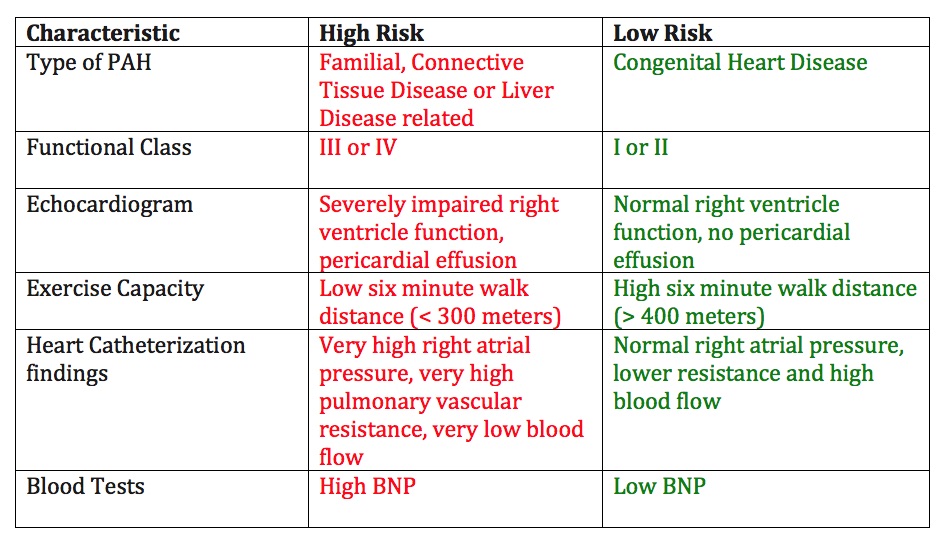The treatment for Pulmonary Arterial Hypertension has come a long way since the mid 1990’s when Flolan was first approved. There has been an explosion of new medications that have dramatically altered how we treat patients. We no longer sequentially add therapies to most of our patients. Rather, we often start two or even three different therapies as part of an initial treatment plan. This combination treatment approach has led to much improved outcomes for our patients with fewer patients experiencing worsening of their PAH and fewer patients needing to be hospitalized.
Pulmonary Hypertension Survival Rate Studies
When patients inquire about survival, we look to the scientific literature to help provide data to answer the question. Unfortunately, most clinical trials and research studies are not designed to address survival. We often rely on large registries of patients that are followed for many years. Next we try and compare an individual patient to a set of characteristics seen in the group. This leads to very imprecise predictions. Said another way, every patient is an individual and data from clinical trials and registries is not a precise or accurate way to predict how long any one patient will live.
The Reveal Registry was a very large study done in the early 2000’s. What this data showed us is that in this group of 2,635 patients, overall one year survival was 85%, three year survival was 68%, five year survival was 57% and seven year survival was 49%.
A deeper dive into this data also revealed that certain characteristics predict a greater likelihood of doing poorly. These characteristics are grouped under the term “high risk features” and described in the chart below. Certain characteristics predict a much better course and are grouped accordingly under “low risk features” in the chart below.
Average PAH Survival Rates Now Exceed 7 Years, Closer to 10 Years
15 years later our outcomes have continued to improve for our PAH patients but we have not done another large study to provide updated survival numbers. For patients treated by experts in PAH, the average survival now exceeds 7 years and may be closer to 10 years. We now have many patients that are alive and well more than 10 years after they were first formally diagnosed (often 15 years since they first started having symptoms).
High Risk vs. Low Risk Pulmonary Hypertension Patients
The table below summarizes some of the characteristics that are associated with doing better or doing worse. The more low risk characteristic that you have, the better your prognosis. The more high risk features that you have, the sicker you are and the worse the prognosis. With treatment we hope to move as many patients as possible into the low risk group.

To summarize, no doctor can see into the future. Each patient is an individual. Patients with all low risk features have an excellent prognosis and most will live more than 10 years. Patients that remain very sick despite maximal medical treatment (including continuously infused medications) are often considered for lung transplant evaluation.
